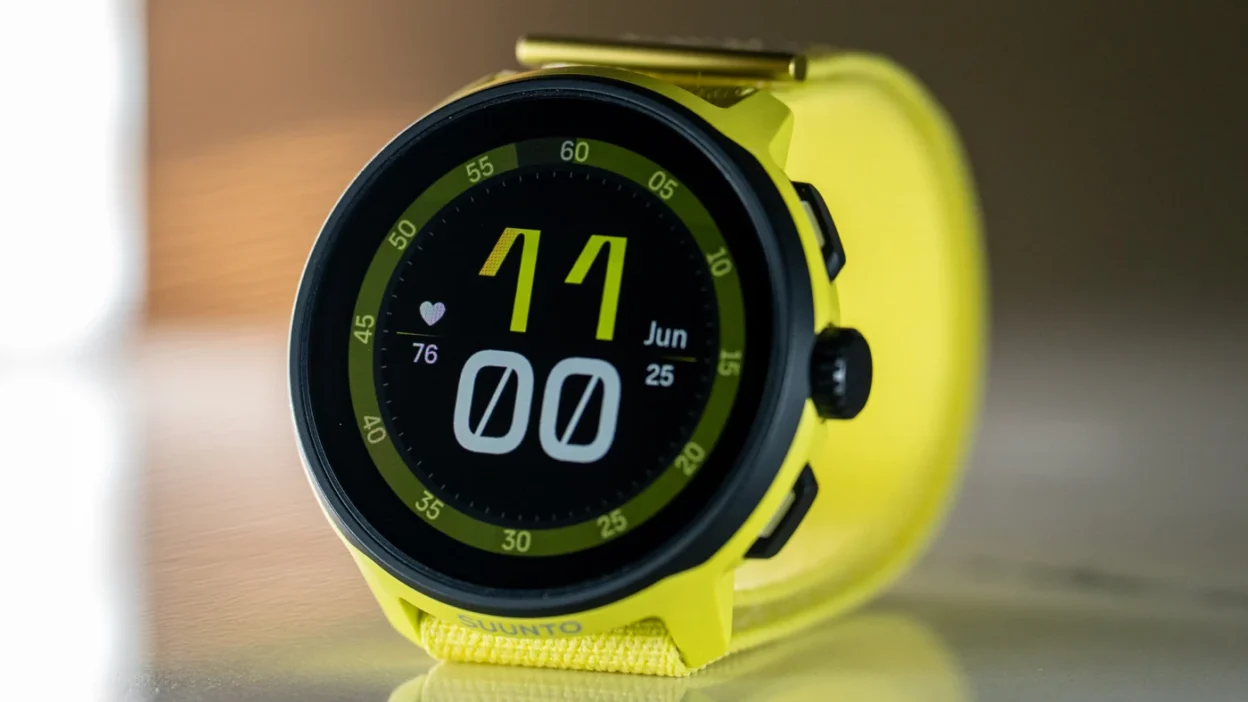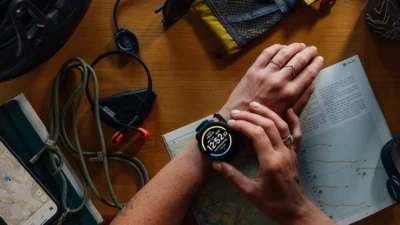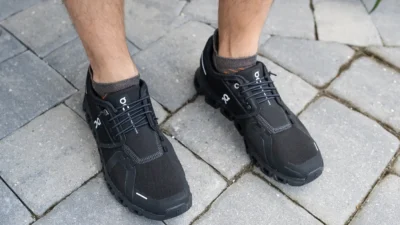Not every runner wants or needs a multisport beast of a watch, with a hundred widgets and a $500+ price tag.
The Suunto Run skips the bloat, sticks to the essentials, and delivers a lightweight, runner-first experience with dual-band GPS, HRV recovery tracking, structured workouts, and one of the cleanest AMOLED displays you’ll find for under $250.
I’ve tested it alongside my Garmin Forerunner 965 and Suunto Race S, and I’m convinced this is one of the best value running watches you can get right now, especially if you’re focused on running performance, not “smartwatch status.”
Key specs
- Price: $249 at suunto.com
- Weight: 36g
- Display: 1.32” AMOLED (466×466 resolution)
- Battery life: Up to 12 days daily use, 20 hrs GPS (performance), 40 hrs GPS (power-save)
- Water resistance: 50m
- GPS: Dual-band chip (same as Race S)
- Build: Stainless steel bezel, Gorilla Glass lens, glass-fiber reinforced case
- Strap: Nylon (comes with two sizes, fits 125–175mm wrists)
- Navigation: Breadcrumb trail route guidance
- Other: HRV & recovery tracking, sleep tracking, TSS, weather, music controls, notifications
Fit, comfort & display
At just 36g, this thing is featherlight.
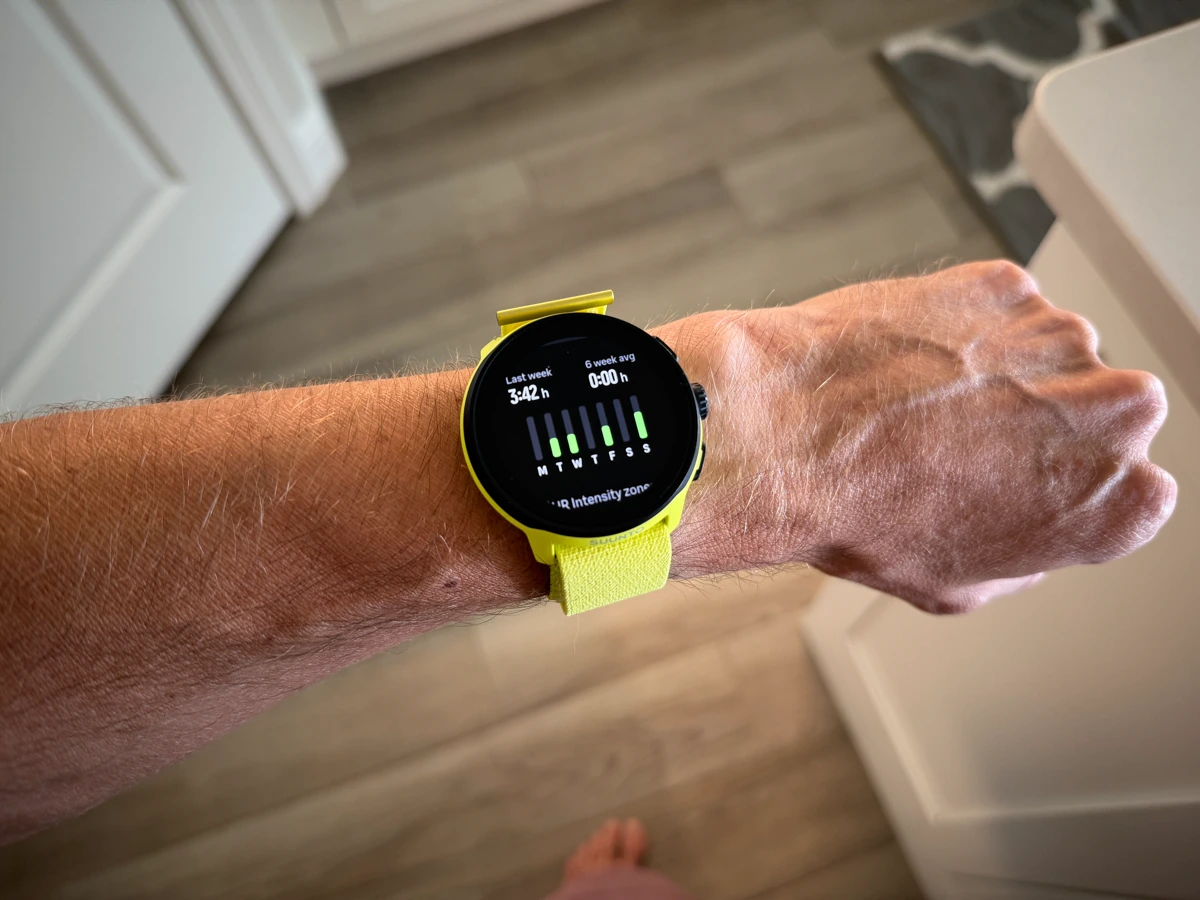
The soft, breathable nylon strap and slim 11.5mm case mean it disappears on your wrist which is perfect for long runs, sleep tracking, and runners who hate bulky gear.
The AMOLED display is shared with the Race S and looks fantastic in bright sun and dim pre-dawn runs alike.
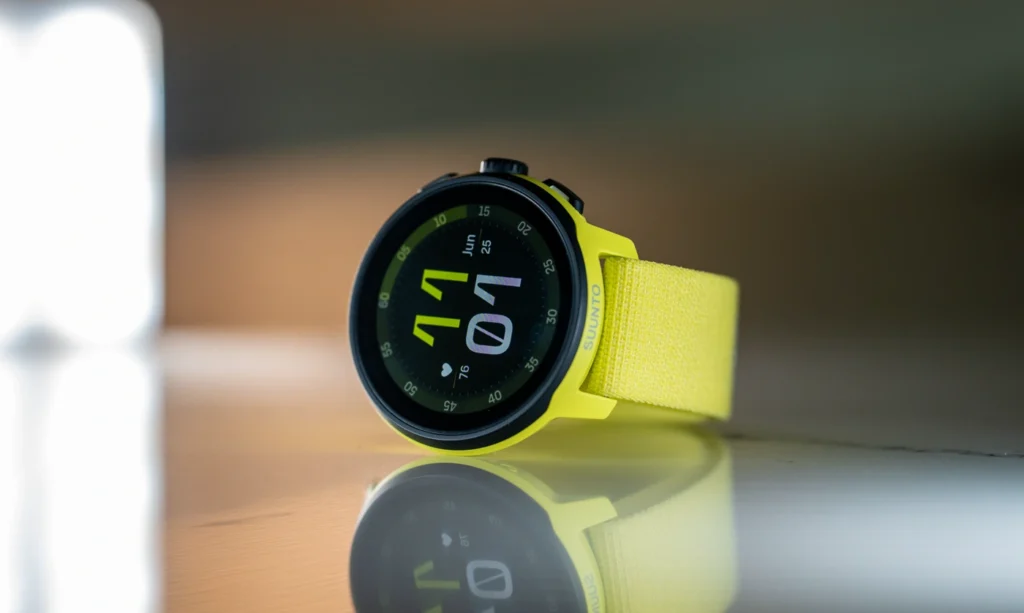
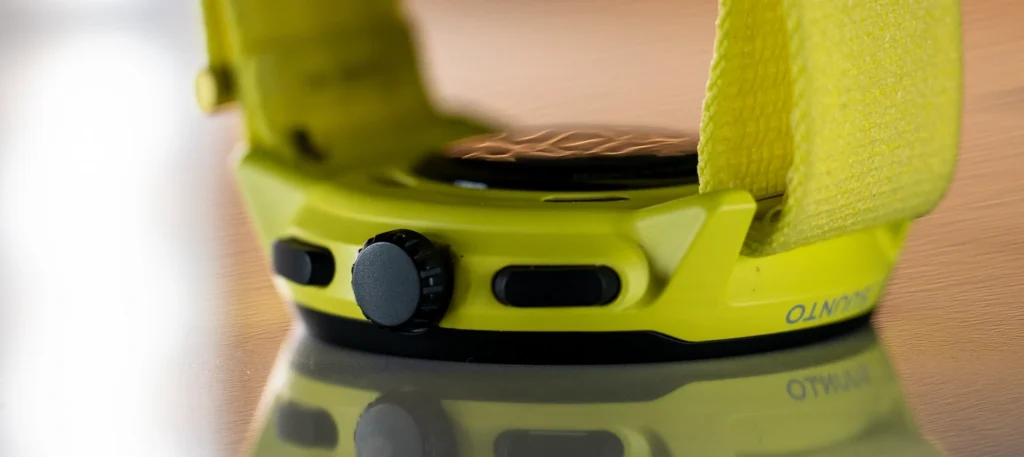
Navigation uses a scroll crown, two buttons, and a touchscreen, though important note: you can only disable the touchscreen within sport/activity modes, not in daily watch use.
GPS & cold-weather reliability
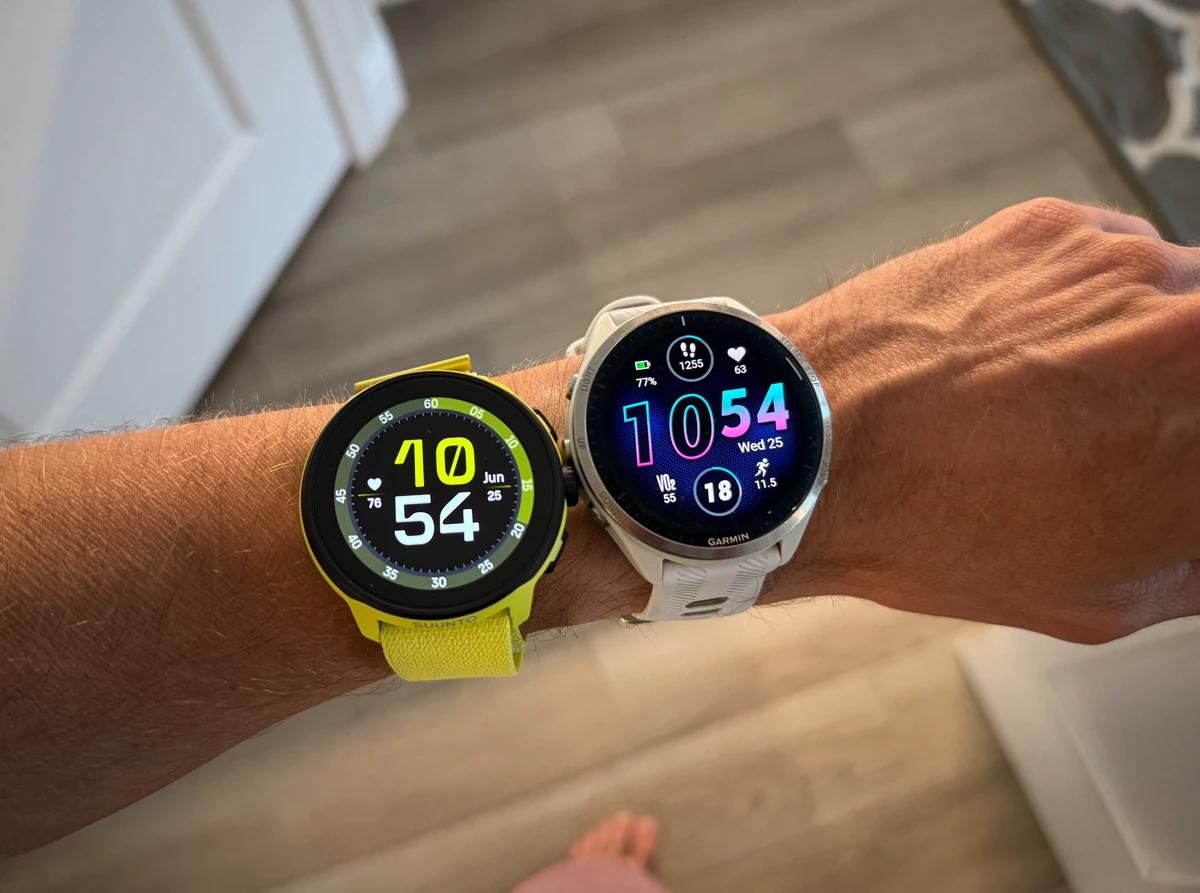
Suunto’s dual-band GPS has been very accurate so far, I’ve tested it on trails and tree-covered routes, side-by-side with my more expensive, and trusty Forerunner 965, and the Suunto Run stayed locked and accurate, with only a second or two variance over 1km splits.
This watch should perform well for winter training and snow sports too.
Several users that commented on my Youtube review, have reported successful use in cold conditions (as low as -20°C), and the button interface remains responsive even with gloves, an underrated perk for XC skiers and cold-climate runners.
Battery life
Battery has been reliable and in line with Suunto’s claims:
- 8–10 days with regular training, HR/sleep tracking
- 5–6 days with AMOLED always-on
- 20 hours full GPS (performance mode)
- 40 hours power-save GPS (less accurate)
That’s plenty for road and trail runners up to marathon and 50K distances, and most won’t need to use power-save mode unless racing multi-day ultras.
Performance & training tools
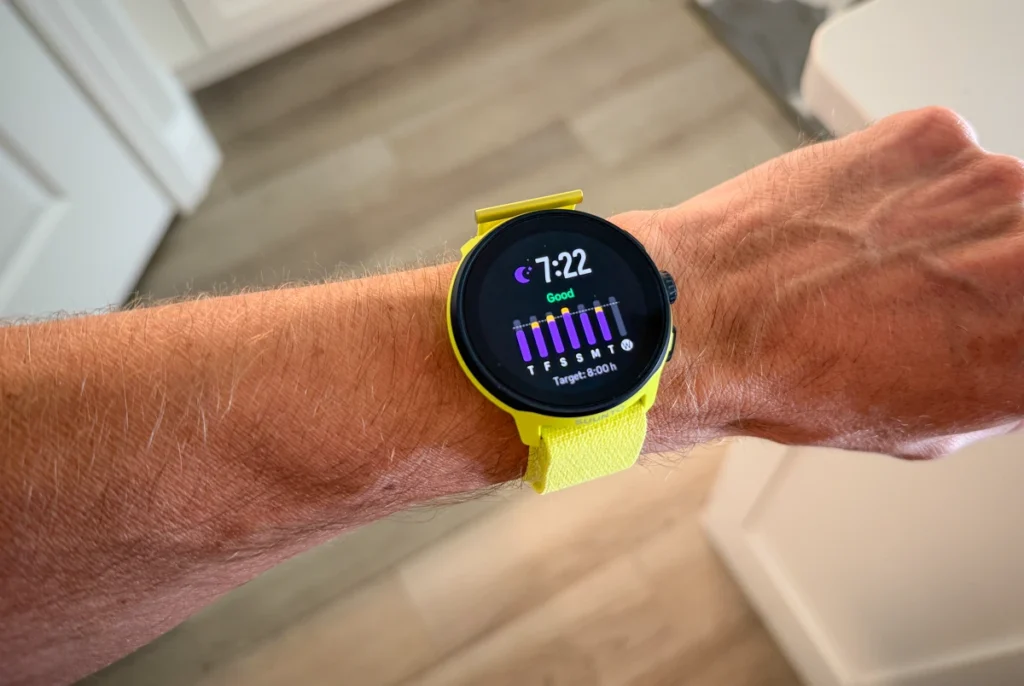
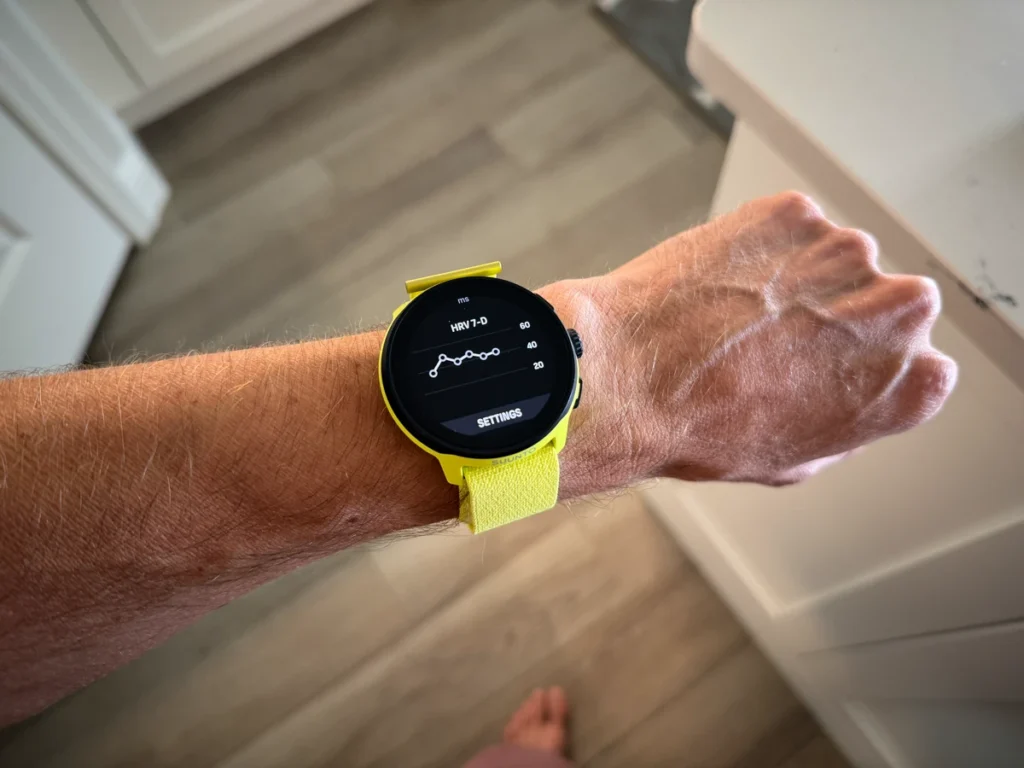
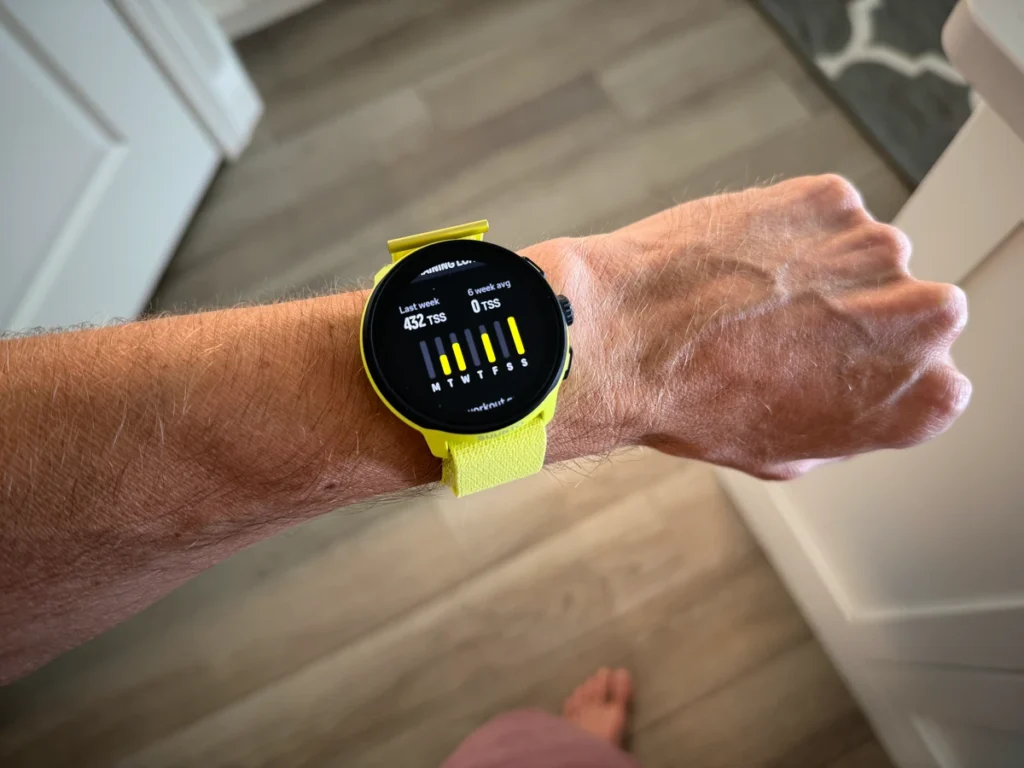
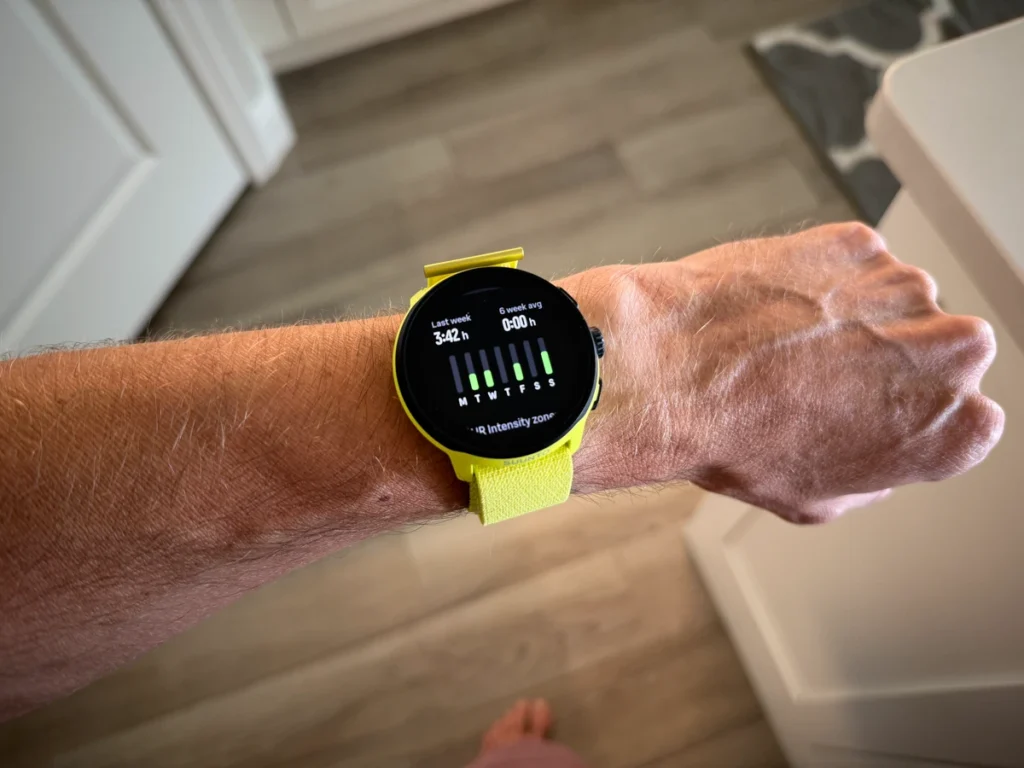
This watch covers all the training features you actually use:
- Structured intervals
- Ghost Runner pacing (great for steady tempo work)
- Recovery tracking via HRV
- Training Load & TSS for monitoring fatigue and progression
- Sleep tracking that feeds into recovery score
- Syncs with Suunto App + Strava
HR tracking is solid with the built in sensors on the wrist, though I still recommend a chest or arm strap for precision interval sessions.
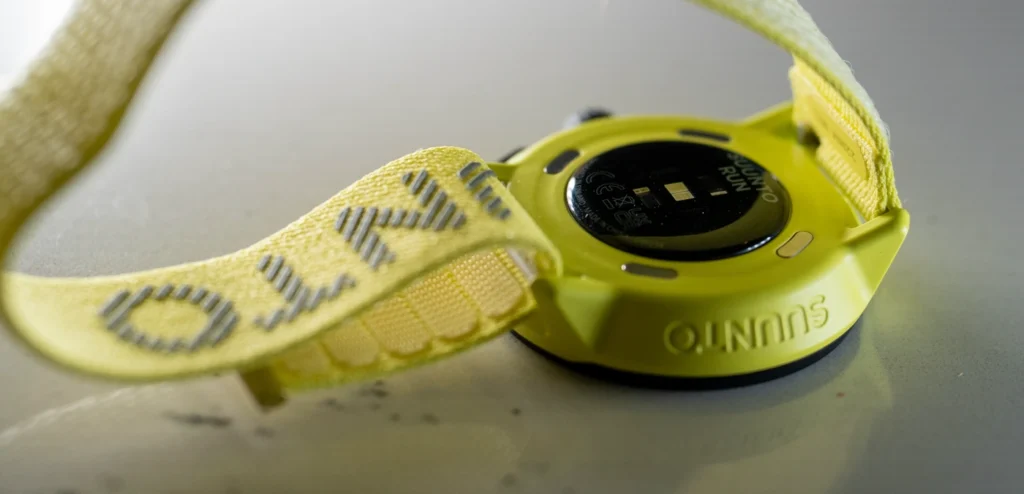
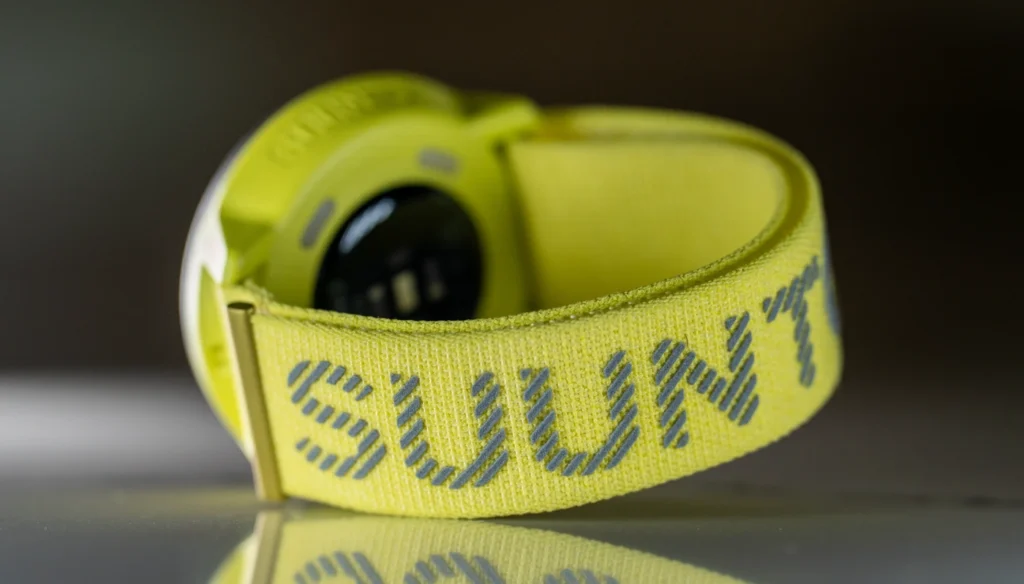
Smartwatch features
Suunto Run keeps things minimal:
- Music controls
- Phone notifications (read-only, no replies)
- Weather, alarm, breathing app
No NFC, voice assistants, or apps, and honestly, that’s fine. Most of us wear this for running, not texting from the trail.
Suunto Run vs. Race S
| Feature | Suunto Run | Suunto Race S |
|---|---|---|
| Price | $249 at Suunto.com | $469 at Suunto.com |
| Weight | 36g | 52g (titanium) |
| Max GPS battery | 40 hrs | 120 hrs |
| Offline maps | ❌ | ✅ |
| Sport modes | 34 | 95+ |
| Multisport/Triathlon | ✅ | ✅ |
| Music storage | ✅ | ✅ |
| Strap | Nylon | Fluoroelastomer |
If you need offline maps, longer ultra battery life, and more bells and whistles, the Race S or Race 2 make more sense.
But if you’re a runner training for a 5K or your first 50K ultramarathon, and want clean data and a good user experience, the Suunto Run is the better buy.
Final thoughts
The Suunto Run doesn’t try to do everything, and that’s exactly what makes it one of the best options right now for runners who just want to train smarter without overspending; I mean come on, it costs less than $250.
You get dual-band GPS, strong recovery tracking, excellent battery life, and a gorgeous screen in a watch that feels light and looks good on the wrist.
Yes, there are some limitations, like no music storage, but for most runners, this hits the sweet spot.
